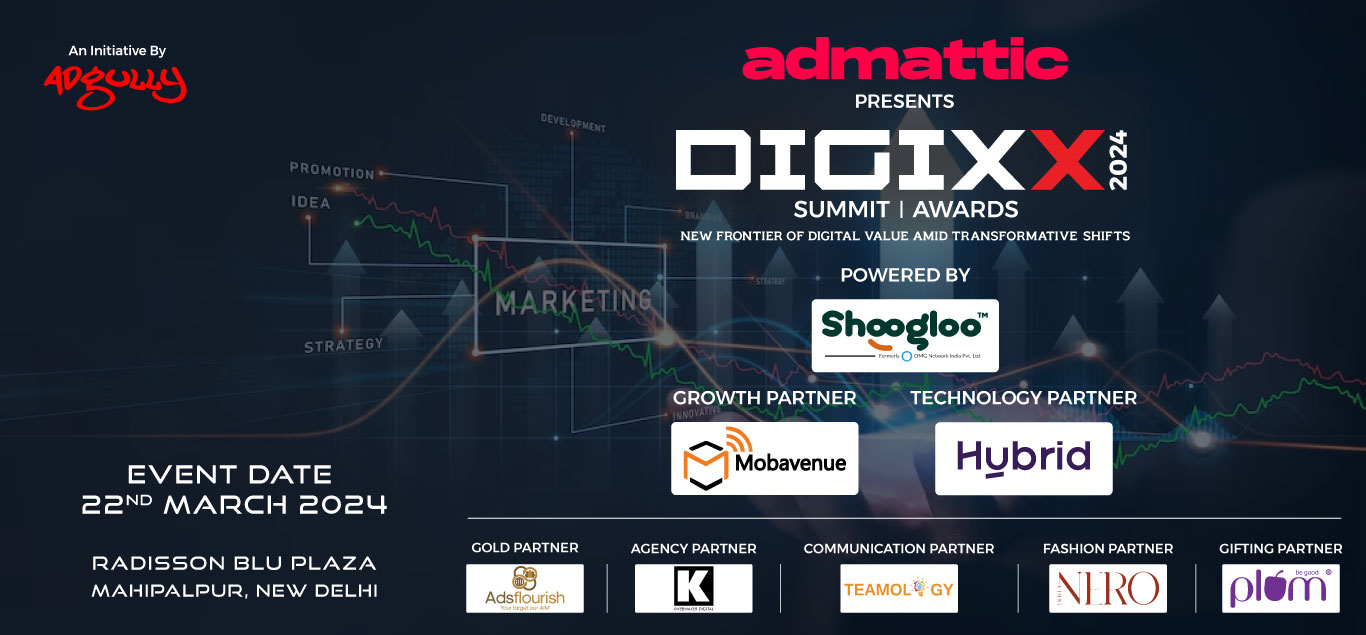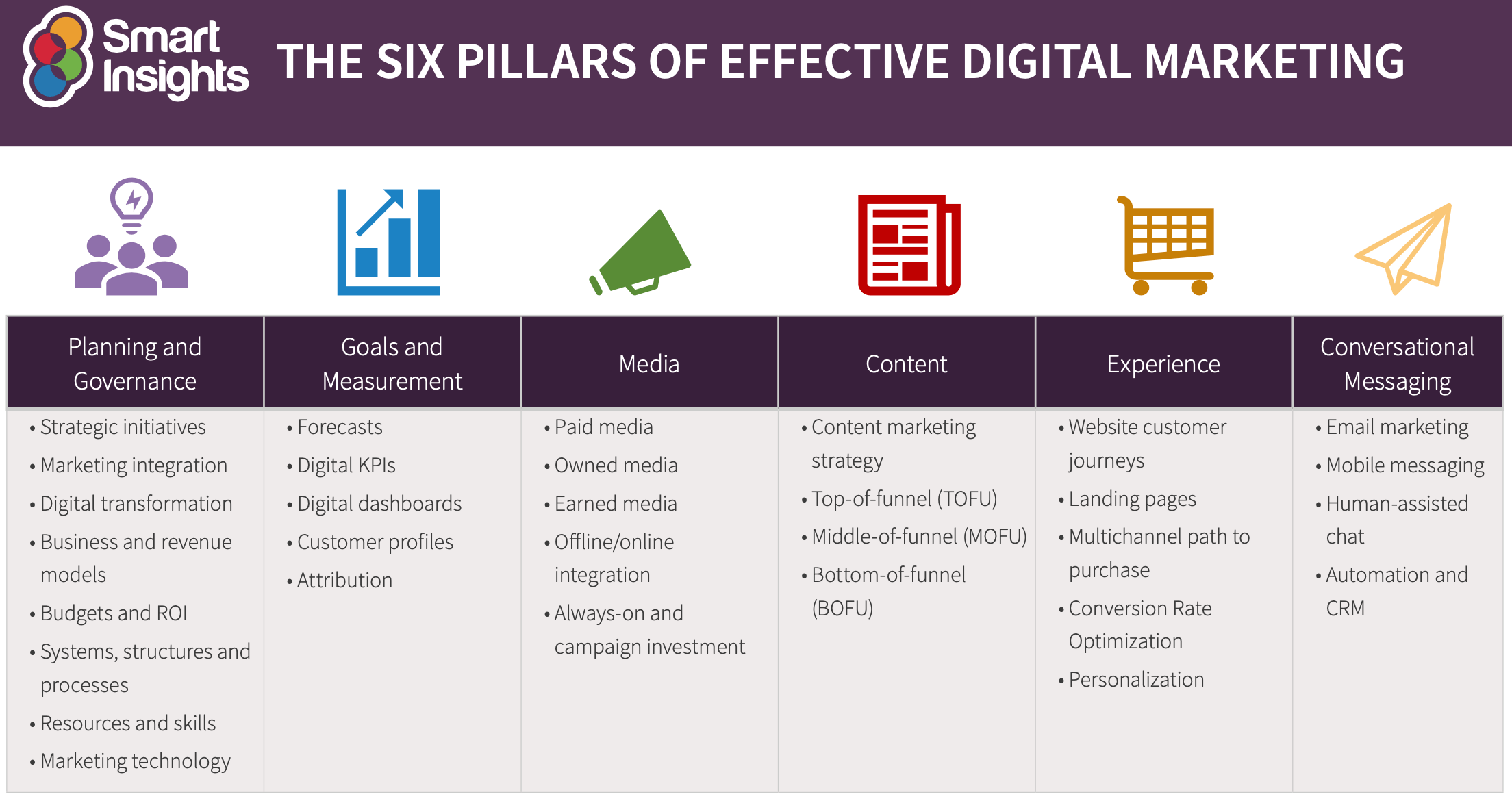In today’s digital-first landscape, the consumer packaged goods (CPG) industry, alongside their media agency partners, faces a significant challenge: the slow adaptation to evolving audience targeting methods. This situation is compounded by the lack of essential data access for making effective marketing decisions. However, as emphasized in recent insights published by Forbes, a revolution in digital marketing strategies can bridge this gap, enabling brands to captivate their audience more effectively than ever before.
The fundamental shift from traditional marketing to an experience-focused approach demands a deep understanding of the consumer as an individual rather than a mere audience segment. With the plethora of digital platforms available today, from Facebook and Pinterest to YouTube and TikTok, marketers have unprecedented opportunities to reach their intended audience. However, the challenge lies in engaging those who find genuine relevance and interest in the brand’s message.
According to Paul Loukes, senior director of data-driven marketing at Kellanova, the key to overcoming this obstacle is in refining target consumer identification beyond superficial levels. This process involves a meticulous integration of digital audiences, ensuring the brand message reaches its core consumers.
This necessity underscores a significant shift in media models, which traditionally focused on linear television execution. The digital marketing era promises targeted precision and the capability to deliver messages to the exact audience intended, utilizing granular data. Yet, this potential remains largely untapped due to a lack of progression in audience targeting methods and a comprehensive understanding of the process among marketers.
The revolution in CPG digital marketing hinges on leveraging first-party (1P) data – a critical asset in understanding consumer behavior over time. This approach allows for more personalized messaging and, ultimately, a deeper connection with customers. Tracy Arrington, a marketing consultant, highlights the importance of trended data over singular data snapshots for gaining profound consumer insights.
Moreover, the rise in digital media consumption further emphasizes the shift towards digital marketing. BIA Advisory Services forecasts a significant increase in digital media revenue, indicating a continuing trend towards prioritizing digital platforms for advertising.
In response to these trends, marketers face the crucial decision of investing in retail media networks, which focus on point-of-sale (POS) data, or social media platforms, which offer insights into consumer preferences and behaviors. This decision is pivotal in crafting marketing strategies that resonate with consumers on a personal level.
In conclusion, the digital marketing revolution within the CPG industry is well underway. By embracing first-party data, refining target audience identification, and understanding the evolving digital landscape, marketers can unlock new opportunities for engagement and loyalty. This approach not only enhances the consumer experience but also sets the stage for sustained brand growth in the digital era.
Revolutionizing CPG Digital Marketing: Strategies for Enhanced Customer Engagement



